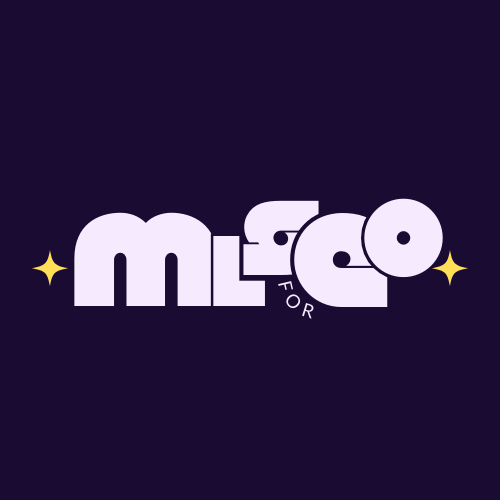Course Takeaways – Lesson Preview
This final lesson brings together everything you’ve learned throughout the Semantic AI-powered SEO Keyword Research Course. It summarizes the journey from understanding the limits of traditional keyword research to mastering semantic, intent-based, and entity-driven approaches that reflect how search engines and users think today.
You’ll revisit core ideas like entity analysis, query behavior modeling, search intent classification, and knowledge graph integration and see how they all connect to form a data-driven, future-ready SEO workflow. By grounding your strategies in user behavior, context, and information gain, you’ll be equipped to build keyword universes that go beyond surface-level terms and align directly with search intent and business goals.
This wrap-up lesson ensures you leave with a clear framework for applying semantic SEO principles in real-world projects, from structured keyword categorization to clear reporting and data visualization for stakeholders.
What you’ll learn (why it matters)
- Apply entity-based SEO principles because understanding entities and their attributes improves topical relevance.
- Analyze user intent and behavior because aligning with search journeys boosts engagement and conversions.
- Leverage knowledge graphs and semantic analysis because structured data mirrors how search engines interpret meaning.
- Use information gain to identify content gaps because novelty drives rankings and user satisfaction.
- Deliver actionable keyword universes because clear, visual insights improve decision-making.
- Continuously refine SEO strategies because search intent and SERP dynamics evolve over time.
Key concepts (with mini-definitions)
- Entities — structured representations of real-world objects or concepts.
- Entity Attributes (EAV Model) — properties and variable values that describe entity details.
- Semantic Analysis — process of identifying entities and their relationships in search queries.
- Query Paths — sequences of user searches that reveal evolving intent.
- Search Intent — the underlying motivation driving a user’s query.
- Knowledge Graphs — data structures that connect entities and relationships for contextual search.
- Information Gain — a measure of how much new, valuable information content adds to search results.
- SERP Feature Analysis — understanding snippets, panels, and features to infer intent and opportunities.
Tools mentioned
Google NLP, Google Knowledge Graph API and Looker Studio.
Practice & readings
- Conduct entity extraction using Google NLP on one of your content pages.
- Map related entities using the Knowledge Graph API to identify topical gaps.
- Create a Looker Studio dashboard visualizing search intent and entity clusters.
Key insights & takeaways
- Semantic SEO bridges user intent, context, and structured data.
- Entity analysis and knowledge graphs form the foundation of search relevance.
- Information gain ensures your content adds new value to the SERP.
- Reporting clarity transforms technical SEO insights into business strategy.
- Continuous refinement is essential for maintaining search visibility.
Ready for the next step? Start your learning journey with MLforSEO
Buy the course to unlock the full lesson
Transform your SEO strategy with data-driven, entity-focused methods that keep you ahead of every algorithm shift.
